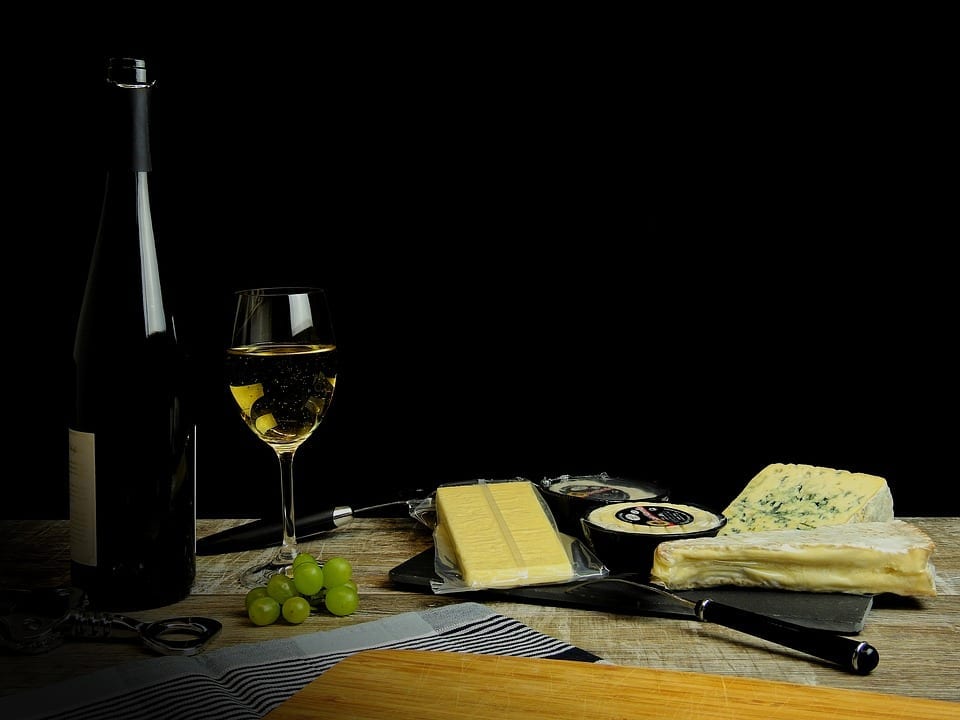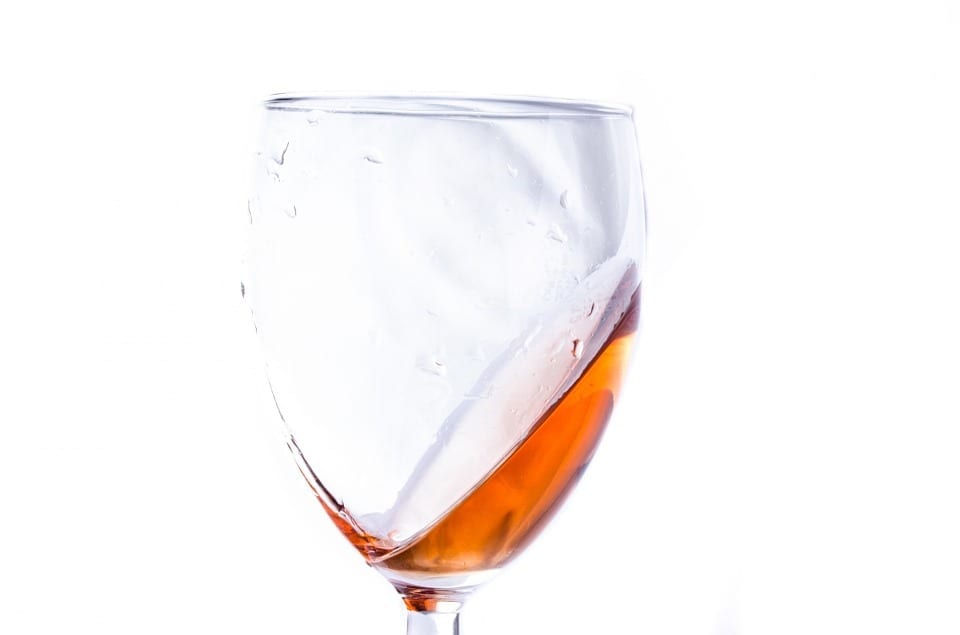The most important rule to remember concerning food-wine relationships is that there is no rule. People often agonize over a wine purchase because they want to make sure that it “goes” with the food that’s being served.
But the rules are no longer set in stone. So don’t chide yourself for secretly enjoying a white wine with steak. If you want red wine with fish, go right ahead. There are thousands of foods and thousands of wines, resulting in endless possibilities for an incredible meal.
Having stated this “no rules” concept, it should be noted that there are time-tested combinations of food and wine that create fantastic meals. Wine’s basic components of alcohol, sweetness, acids and tannins relate to the basic tastes of sweetness, sourness, saltiness and bitterness in food.
Foods can have a multiplier effect on the taste of a wine, as well as a diminishing effect. Wine can even add flavor to a dish. It is clear that wine benefits food and food benefits wine. Here are some loose guidelines:
- Serve white wine with fish. There are many exceptions to this rule, but it mainly springs from the idea that white wines are more acidic, and acids (such as lemon) complement fish.
- Serve red wine with red meat. The tannins in young red wines are softened by the proteins in meat. This rule isn’t as steadfast with mature red wines.
- Don’t serve wine with a salad. The acids in salad dressing tend to offset the acids in wine, although a crisp wine such as a Riesling will hold up well.
- Champagne and sparkling wines are perfect for a before-dinner drink (or apertif). Sherry, vermouth, riesling and sauvignon blanc are also good.
- If you are serving a dessert wine, make sure the wine is at least as sweet as the dessert. Since this can prove to be difficult (no dry wine or brut champagne allowed), serve a dessert that isn’t overwhelmingly sweet. Chocolate and wine do not seem to mix, so avoid the pairing. If you insist on a wine with chocolate, try a port.
There are also some guidelines for the sequence in which wines and food should be served.
- Don’t serve spicy foods first in a meal. Serve food flavors progressively.
- Serve salty foods before serving sweet foods.
- Dishes cooked in a certain wine should be served with that wine or a better one.
- Serve white wine before red wine.
- Serve a light wine before a heavy wine.
- Start with a young wine before moving to a more mature wine.
- If you don’t vary the wine, then vary the vintage (year).
- Serve dry wine before sweet wine.
- Serve a simple wine before moving to a complex wine.






Be the first to comment on "Wine and Food"